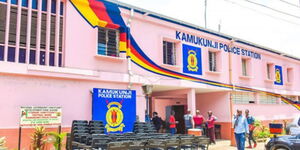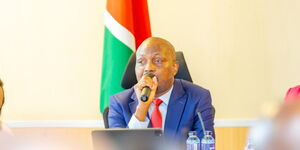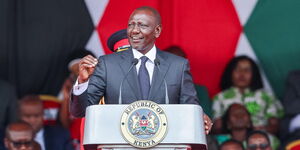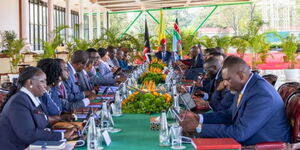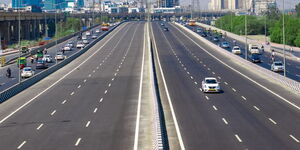After years of back and forth, Kenyan Government is finally ready to actualise the construction of the Mombasa-Nairobi Expressway.
The state contracted a Korean company, Korean Overseas Infrastructure and Urban Development Corporation Africa, to oversee the exercise that would see the expressway managed as a toll road.
In its feasibility study, the newly-contracted company estimated the cost of the road at Ksh361 billion (USD3 billion) and the project is expected to be completed in three years.
This is an increase from the original construction budget of Ksh325 billion (USD2.7 billion).
The project had first been awarded to the US company, Bechtel Engineering, in August 2017 but it declined to construct the 473-kilometre Expressway citing differences with the Kenyan government over the financing model to be used.
In July, the company explained that the Kenyan Government proposed the US-based firm fund the project and recoup its money in a toll-based model - a proposition that the company was not comfortable with.
The company's spokesperson Aileen Easton detailed that the firm declined the proposal, countering with a contractual-based model where the Kenyan government would secure the funds from another company or a loan to finance the project.
“Our approach will always set out to minimize building costs and pursue the fiscally responsible option. We are committed to providing the best possible value of money for the Kenyan people," Easton stated.
The process of transferring the project from Bechtel Engineering to the Korean company kicked off soon after.
The Nairobi- Mombasa Expressway project was initiated in September 2016 as part of Kenya’s Vision 2030. Construction was slated to begin in 2018 but was delayed and pushed to 2019.
It involved rehabilitation of the current lanes, construction of additional two lanes alongside the existing highway.
The planned dual carriage was supposed to be divided into three main sections.

